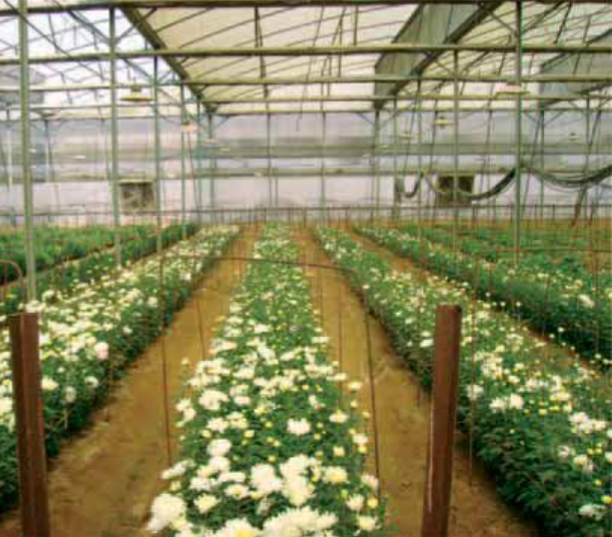
Horticulture is the science that deals with cultivation, production, marketing and storage of perishable crop products and the term perishable has to do with the nature of the products. Perishable products are easily predisposed to spoilage during handling process. By the nature of such products, the moisture content is usually above 80%. Such products include orange, water melon, pineapple, pawpaw, tomatoes etc.
Horticulture can also be defined based on term from two Greek words: Hortus and caleres. Hortus means garden and caleres means cultivate. This means the cultivation of garden crops such as fruits, vegetables and ornamental plants.
DIVISION OF HORTICULTURE
Horticulture has two major divisions
1. Food crops
2. Ornamental plants.
FOOD CROPS
Food crops are crops grown Majorly for consumption. Plants grown for food (pomology and olericulture) supply nutrients needed by human to grow and develop their body tissues. The fruits and vegetables contribute to good health and they contain vitamins and minerals. Vitamins increase the body resistance to diseases and without which the body will show symptoms of illness. Example of fruits rich in vitamins are: oranges, pineapple, mango, guava, soursop, watermelon, avocado etc. While minerals contribute in building materials for our bones, influencing muscle and nerve function, and regulating the body’s water balance. All vegetables are good sources of minerals. They include: Amarants, celosia, lettuce, gabbage, okra, etc.
ORNAMENT PLANTS: Ornamental plants are also called garden plants. They are grown for their beauty rather than for their fruit. They are often used in landscaping to add colour, scents and beautify the garden. They can also be referred to as plant primarily grown for its beauty either for screening, accent, specimen, colour or aesthetic reasons. Ornament plants are subdivided into floriculture and landscape Horticulture plants.
TYPES OR BRANCHES OF HORTICULTURE
There are different Types or branches of horticulture. Each one of these branches has a specific set of purpose and functions. The four different branches in horticulture are pomology, olericulture, floriculture, and landscape horticulture.
1.Pomology:
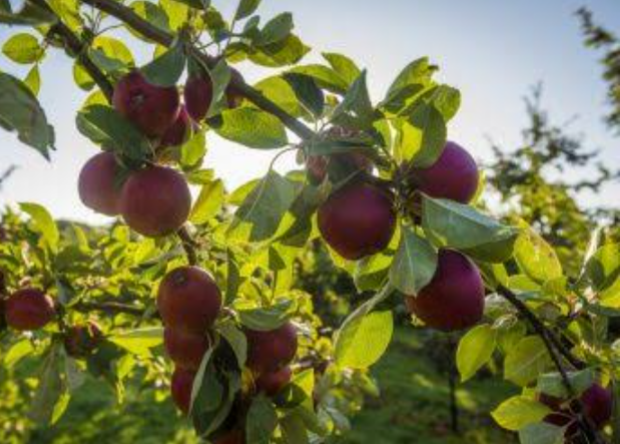
Pomology is branch of horticulture that deals with production of fruits and nuts. It involves the sowing, harvesting, processing and preserving of succulent fruits and nuts. Succulent and juicy fruits such as strawberries, grapes, mango, pineapple, and oranges are examples of fruits produced in pomology. While hard shelled nuts such as cashews and walnuts are also produced.
2.Olericulture:
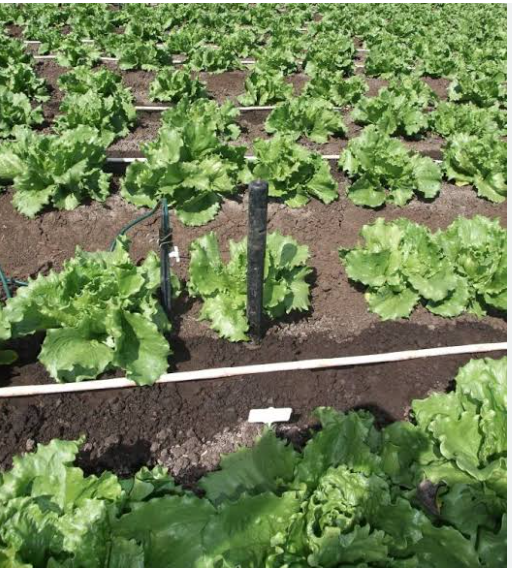
Olericulture deals with the growing of herbaceous plants mainly for cooking purposes. They are vegetables that can be grown in gardens or commercially. This branch of horticulture produce edible roots like carrot and beets, edible stem like asparagus, edible leaves like lettuce, edible flowers like cauliflower, fruits like tomatoes, and seeds like peas.
3. Floriculture :
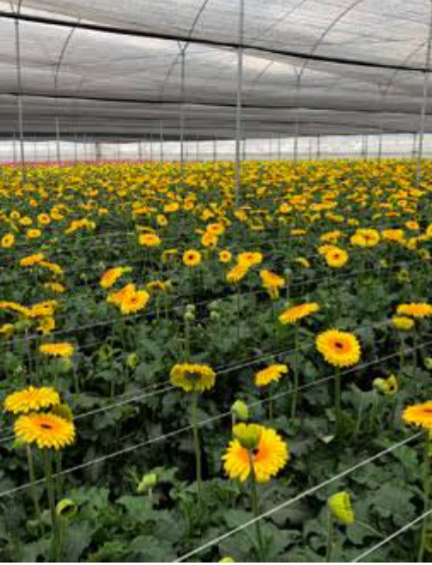
Floriculture is the art and science of growing and nurturing flowers and some ornamental plants, greenery, and pot plants. Some examples of floriculture include growing roses, daffodils, pansies, bluebells, chrysanthemum, anthurium, carnation, and carnation.
4. Arboriculture or landscape horticulture Arboriculture is the growing and management of perennial trees, vines, shrubs, and other woody plants. Examples of the perrenial plants are Pines, apple (Malus spp), coconut (Cocos nucifera), Oak, Lalic, Elm, Maple tree etc.
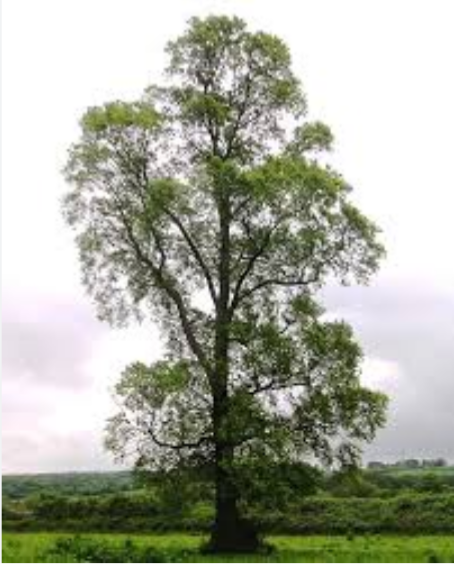
Arboriculture is otherwise called as landscape horticulture. It is the art and science of knowing how these trees thrive under certain conditions and how well they adapt to the environment. They also include plants and lawn turf for landscape purposes. Such land scape plants include: Box, Rose’s, Cactus, Comellia, Adam’s needle etc.
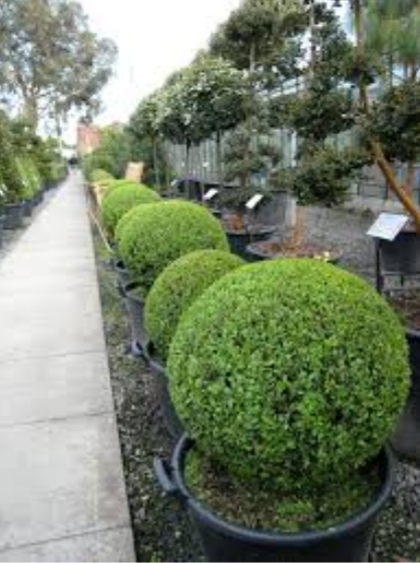
RAISING OF HORTICULTURAL PLANTS
Raising of garden crops should start from the nursery where intensive care is given to the seeds raised into seedlings and the seedlings taken care of until they are ready to be transplanted on the field.
TYPES OF NURSERIES USED FOR HORTICULTURE
1. GROUND NURSERY: In ground nurseries, a sunken bed with standard size of 1 metre is used in raising the seeds. In Southern Nigeria where FADAMA is used during dry season to raise seeds, raised beds are made for growing horticultural plants. While at the upper Northern parts of the country, sunken beds are used for Horticultural plants.
2. POLYTHENE BAG NURSERIES : This is a specialised type of nursery conducive for some particular types of plants. Such plants are tap rooted plants and cash crops. Examples of such plants include cocoa, rubber, oil palm etc.
3. BENCH NURSERY : The bench nurseries are nurseries arranged on shelfs or racks. Polytene bags or pots are arranged on the shelf in which seeds are planted. The bench nursery can accommodate between 3000 to 4000 plants. Such nurseries include the green house and screen house nurseries.
CRIETERIAS FOR SITING A NURSERY
1. AVAILABILITY OF WATER SOURCE : Nurseries should be sited where there is water source through out the season. Harvesting is usually carried out in the dry seasons especially during January to February.
Fruits should be harvested on time and the seeds extracted. The seeds should be washed and air dried after extraction. The bags on which the seeds are to be planted must be well leveled with soil. The soil must be fertile or made fertile by management practices.
2. AVAILABILITY OF LABOUR: Their must be labour available in the nursery to take care of the germinating plants. They water the plants, carry out the transplanting, weed the surrounding grasses, trim branches and supply the fertilisers.
3. ACCESSIBILITY : The nursery should be sited at places that is motorable, where people can easily gain access to the purchasing of or transplanting of seedlings.
4. NEARNESS AND PROXIMITY: The nursery must be sited near the owners house, market and field.
After the seeds are raised to seedlings in the nursery to certain period, they can then be transplanted to the field.
METHOD OF TRANSPLANTING SEEDLINGS
1. BALL ON EARTH METHOD
This method is used to protect the root in a lump of soil. The seedling should be dug out with some soil attached to it’s root. It has a disadvantage of bulkiness in transferring to plantation
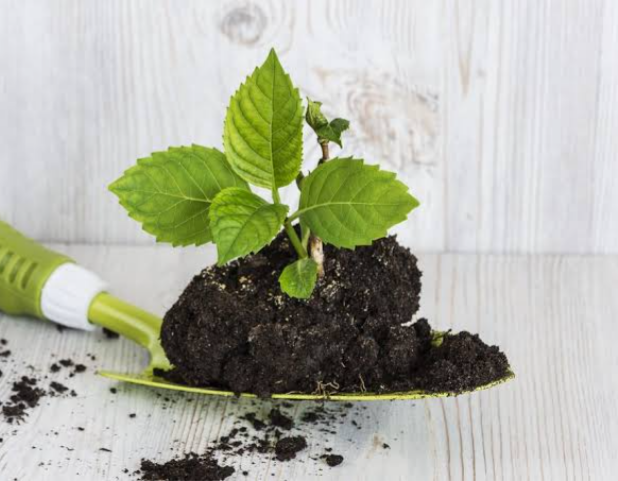
2. BEAR ROOT METHOD: Seddlings are uprooted with exposed roots. No soil is attached to the roots. The seedling can be uprooted using a trowel making the soil crumble and disintegrate after plant lifting. In such way, the roots remain intact without damage. The method is more convenient and adviseable because it reduces bulkiness.
3. CLAY SLURRY METHOD: Some seedlings do survive in moisture medium. Therefore, this method is useful. Seddlings are uprooted immediately and placed in a moist clay soil to prevent evapotranspiration.
SOME TERMINOLOGIES USED IN HORTICULTURE
1. In-situ planting: planting of crops directly in the field. Such crops are spaced extensively. They are tree crops with difficult maintenance.
2. Intensive care: Given adequate care to large population of plants per square meter.
3. Viviparous fruits: fruits that germinate and ripens on the tree.
4. Extensive production care: carering for large population of plants
5. Transplanting: This is the remove l of seedling from a nursery inorder to plant it in a permanent site.
6. Seeds: Seeds that are easily perishable
Fig 7: PICTURES OF ARBORICULTURE PLANTS AND POLYTHENE NURSERY
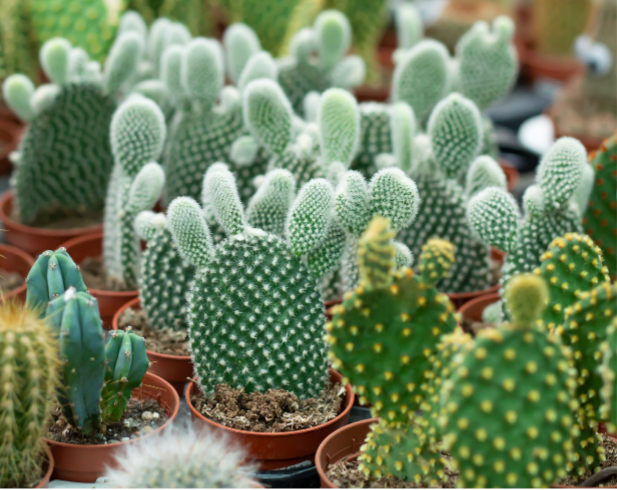
CACTUS
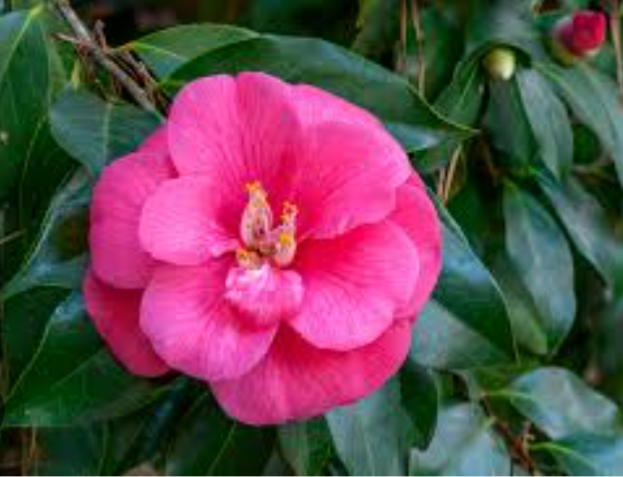
COMELLINA
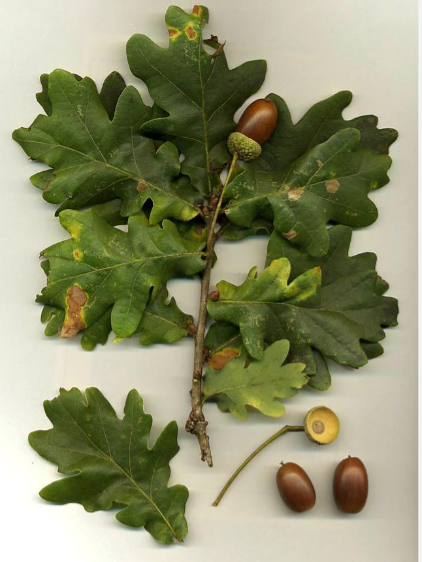
Oak
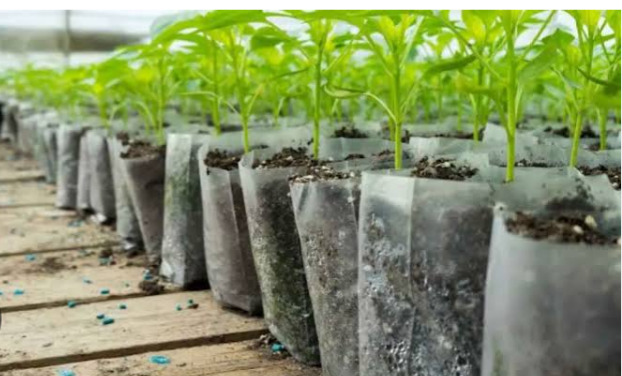
POLYTHENE BAG NURSERY
